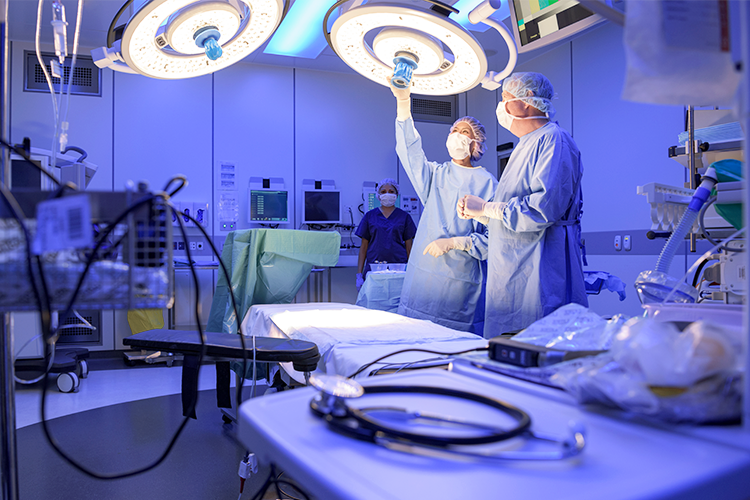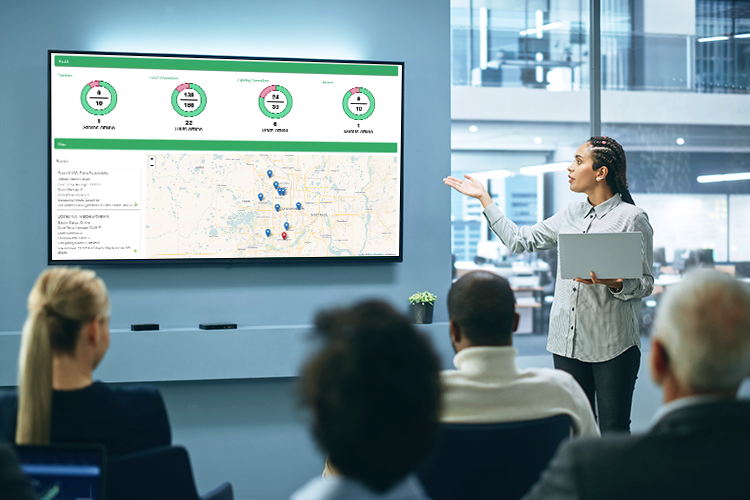Daylight Harvesting: Are your Facilities Saving with Sunlight?
September 18, 2017
With fall weather setting in, there is a lot of talk about harvesting crops like beans, corn and apples.
Now imagine an orchard filled with apple trees, the fruit first ripening, over ripening and then falling off the branches. Unpicked, unsold, uneaten. A complete waste.
When it comes to lighting, daylight is like that apple orchard—it’s something that’s there and ready to be harvested, but often goes entirely unused.
Daylight harvesting doesn’t get talked about much for two reasons. First, it’s the most frequently missed element of lighting design. People just don’t think about it.
Second, when it comes to lighting retrofits—people don’t want to think about it.
The reason: they find the thought of daylight harvesting new and scary. Synchronizing photocells sounds hard to do. People also assume daylight harvesting requires building remodeling—sawing through roofs to create skylights and busting through walls to add windows.
What they don’t know is that lighting controls service providers like EMC understand the technology and know how to work with the daylight that is already available within the facility. The savings opportunities are significant, often 40-70% of the lighting expense for retrofitted facilities.
How daylight harvesting works
Daylight harvesting systems involve photosensors that monitor task light levels or incoming daylight levels and then signal controllers to change the lighting when that light level passes a target threshold, thereby saving energy.
For the most part, the systems can be added to most modern existing lighting fixtures and work in the background so that shoppers or workers in that space don’t even notice these changes happening.
These “daylight control zones” are ideal for lighting adjacent to windows, under skylights or atriums or places where daylight contribution is significant. Working with a lighting company, these are easy and affordable to set up. And that’s good, because daylight control zones are also required by the latest generation of energy and green building codes for many municipalities.
Customer satisfaction, workplace productivity
Daylight harvesting is ideal for a number of settings, including retail shopping and work environments. Numerous studies over the past 50 years support the fact that the presence of daylight is a predictor in how satisfied and productive people are in spaces where daylight harvesting is used.
For instance, one PG&E study (1999) showed a 40% increase in retail sales. A second study from PIER (2003) produced similar results: Of 73 store locations studied in CA from 1999 to 2001, 24 stores had a significant amount of daylight illumination provided primarily by diffusing skylights.
Consistent with the PG&E study, a maximum effect of 40% increase in sales was determined, putting daylight harvesting’s influence on par with parking area, competition, and demographics as a predictor of retail success. Conservatively, the profit from increased sales was worth at least 19 times more than the energy savings. Employees in daylit stores also reported higher satisfaction.
In addition, a separate PG&E study showed that office workers performed 10-25% better. For instance, call center workers processed calls 6-12% faster when they had the best possible view versus those with no view. Office workers performed 10-25% better on tests of mental function and memory recall when they had the best possible view versus those with no view.
Office workers in the study self-reported that better health conditions were strongly associated with better views. Workers in one location with the best views were the least likely to report negative health symptoms. Reports of increased fatigue were most strongly associated with a lack of view.
Easy implementation, excellent energy savings
Working with a skilled and experienced lighting and controls service provider like EMC is a great way to quickly develop and implement a daylight harvesting plan for your facilities. The end result is excellent energy savings potential that cuts your energy bills and adds an unexpected boost to your bottom line. Can you imagine your private office areas saving 50%-70%, a little less at 40% for open offices and a full 50% of energy savings for classroom environments? Daylight harvesting can make this happen.
Alison Zimpfer is Energy Management Collaborative’s Systems Engineer. In this role she provides technical sales support for all lighting projects involving lighting controls, evaluating sites to identify the right solution for the space.


